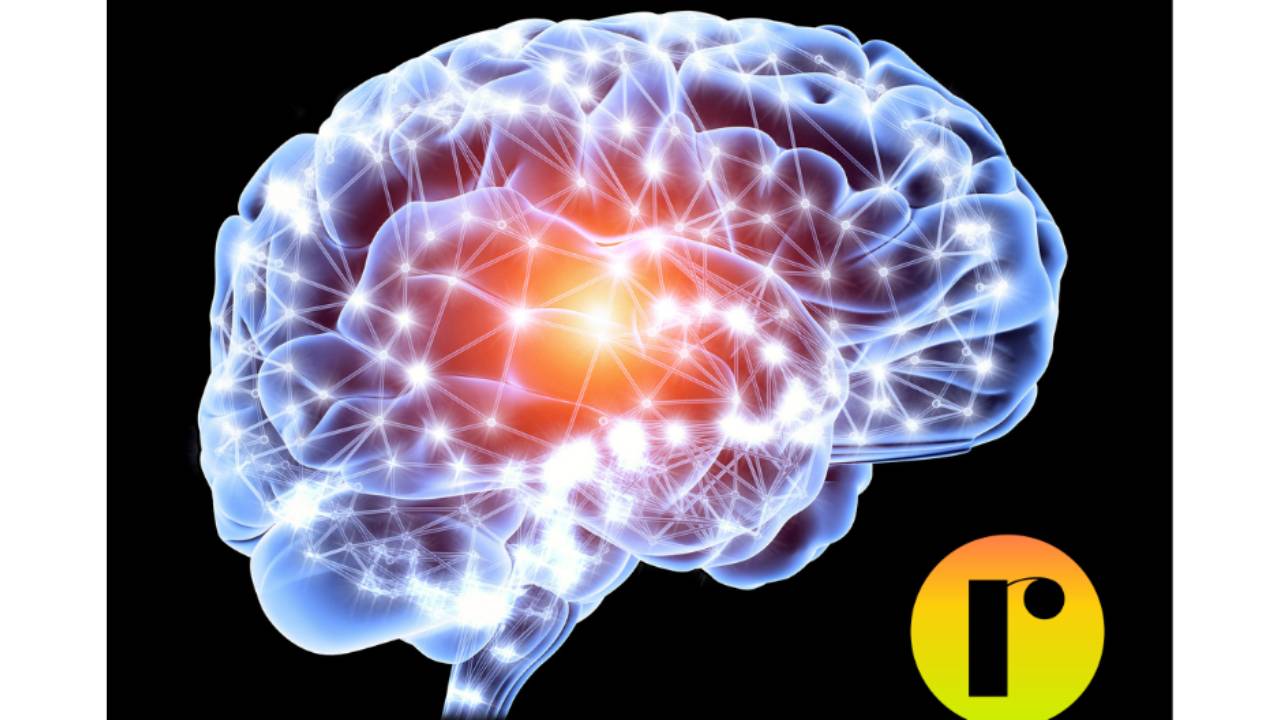Intention Setting in Ketamine-Assisted Psychotherapy: Why It Matters
Oct 21, 2025
Ketamine-assisted psychotherapy (KAP) is rapidly emerging as a transformative intervention for treatment-resistant depression, PTSD, and other mental health challenges. As research and clinical experience grow, one practice stands out as especially impactful: intention setting. Whether you’re a mental health professional, a client, or a curious observer, understanding the role of intention in KAP can help maximize the therapeutic benefits and foster deeper healing (Dore et al., 2019; Wilkinson et al., 2017).
Why Intention Setting Matters in KAP
Ketamine’s unique properties can induce altered states of consciousness, making the mind more open to new perspectives and insights (Wilkinson et al., 2017; Khorramzadeh & Lofty, 1973). Setting a clear intention before a session helps anchor the experience, providing a sense of direction and purpose. This practice can reduce anxiety, enhance feelings of safety, and increase the likelihood of meaningful breakthroughs (Dore et al., 2019;).
Intentions might include goals such as “I want to understand my grief,” “I am open to self-compassion,” or “I want to release old patterns.” These intentions act as a compass, guiding the session and supporting integration afterward (;).
How Intention Setting Works in Practice
- Preparation:
Before the session, clients are encouraged to reflect on what they hope to explore or achieve. This might involve journaling, meditation, or a conversation with their therapist (;).
- Collaboration:
Therapists play a key role in helping clients clarify and articulate their intentions. This collaborative process ensures that intentions are realistic, compassionate, and aligned with the client’s therapeutic goals (Dore et al., 2019;).
- During the Session:
The intention is revisited at the start of the ketamine experience, serving as a gentle reminder throughout the altered state. While the experience may take unexpected turns, the intention provides a touchstone for reflection (;).
- Integration:
After the session, clients and therapists work together to process insights and emotions that arose, connecting them back to the original intention. This step is crucial for translating the experience into lasting change (; Dore et al., 2019).
The Evidence for Intention Setting in KAP
Emerging clinical reports and patient stories highlight that intention setting can deepen the therapeutic process, foster a sense of agency, and improve outcomes in ketamine-assisted psychotherapy (; Dore et al., 2019). By combining the neurobiological effects of ketamine with the psychological focus of intention, clients are better equipped to process trauma, shift negative patterns, and cultivate resilience (;).
Building a Supportive KAP Experience
If you’re considering KAP for yourself or your clients, look for providers who prioritize preparation, intention setting, and integration. These elements are essential for safety, efficacy, and long-term healing (Dore et al., 2019; Wilkinson et al., 2017;).
Ready to Learn More?
Explore best practices in ketamine-assisted psychotherapy—including intention setting and integration—at our upcoming training.
Learn more and register here: https://rewired360.ce-go.com/ketamine-assisted-psychotherapy
Stay Connected
Get resources, motivation, and guided activities delivered to your inbox.
Don't worry, your information will not be shared.

